How Does Property Management Software Work?
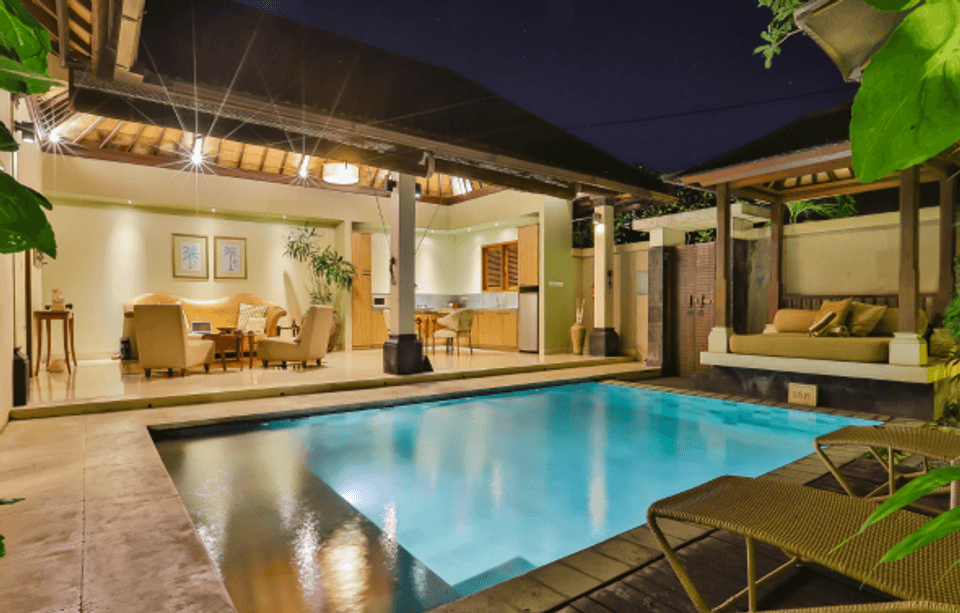
If you're managing rental properties, whether it’s a few residential units or a growing portfolio, you’ve probably come across the term property management software. But what exactly is it and how does it fit into the day-to-day operations of a short-term rental business?
At its core, property management software is designed to simplify and automate the many moving parts involved in managing short-term rental units. From handling bookings and guest messaging to payment tracking, maintenance tracking and financial reporting, the right property management software can reduce your administrative burden and help you grow your rental business more efficiently.
But features alone don’t tell the whole story. What matters is how modern property management software integrates into your actual workflow, how it streamlines property management operations and frees up time for you to focus on providing a better guest experience or expanding your portfolio.
In this article, we’ll break down how property management software works in real-world terms. You'll see how property managers and small landlords use software solutions like Hostaway to handle everyday tasks, reduce operational costs and make smarter business decisions with no technical background required.
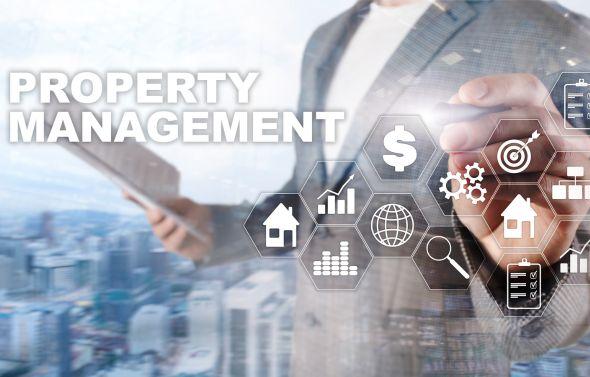
What Is Property Management Software?
Property management software (PMS) is a digital tool designed to help streamline organize and automate the many tasks involved in running a short-term rental business. It acts as a central hub where property managers, hosts and small landlords can oversee everything from guest communication and bookings to maintenance and financial reporting, all in one place.
There are many types of property management software solutions available today, ranging from simple tools for small landlords to more advanced platforms that support large portfolios with hundreds of rental properties. Most systems are cloud-based and offer access through a mobile app or desktop dashboard, making it easy to stay on top of operations from anywhere.
One of the key benefits of using a PMS is that it replaces manual processes like spreadsheets, back-and-forth messaging or hand-written inspection reports with automated systems and integrated tools. This not only saves time but also helps reduce errors and improve consistency across your listings.
The best property management software also gives users the flexibility to scale their operations as they grow. Whether you're managing residential properties, vacation homes or even commercial units, many platforms offer tiered pricing and features that match your portfolio size and property type.
And for those comparing options, the landscape of property management platforms is wide some with free tiers or low-cost plans, while others offer more advanced tools designed for scaling and optimizing property businesses.
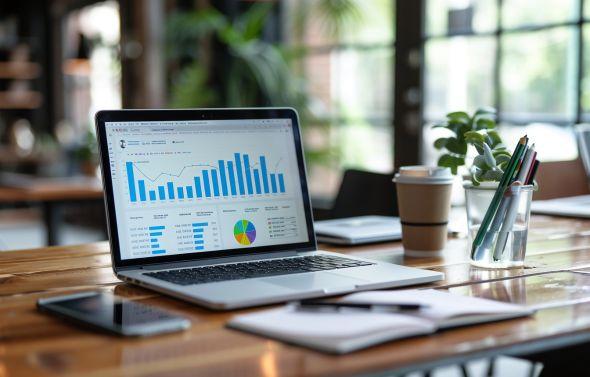
Who Uses PMS and Why?
Property management software isn't just for big companies managing high-rise buildings. It's used by a wide range of people in the short-term rental industry, from solo Airbnb hosts to professional property managers handling dozens (or even hundreds) of listings.
Let’s break down a few of the most common user types and why they turn to PMS tools to support their property management operations:
1. Independent hosts growing their portfolio
Many hosts start out managing just one or two listings. But as they expand, keeping track of reservations, guest communication and maintenance tasks becomes more complex. PMS helps these hosts stay organized as their portfolio size increases without adding unnecessary administrative load or requiring them to hire additional help.
Why they use it:
To save time, reduce manual tracking and manage bookings across platforms more efficiently.
2. Small property management companies
These businesses often oversee a handful of rental properties on behalf of owners. A reliable property management system gives them a professional edge, enabling landlords to trust them with daily operations like guest messaging, scheduling cleanings and generating reports.
Why they use it:
To streamline operations, deliver better service to clients and maintain consistent communication across their team.
3. Established property managers with large portfolios
For property managers handling multiple property types like vacation homes, urban apartments, even boutique hotels, a PMS becomes mission-critical. These users often rely on features like data migration from legacy systems, document storage and access features like team permissions and user roles.
Why they use it:
To centralize operations, improve efficiency and maintain accuracy at scale.
Regardless of portfolio size, the reason property professionals turn to PMS is the same: it gives them better visibility into daily activity and helps them grow without increasing their workload. For many, it’s a key part of running a more stable and scalable property management operation.
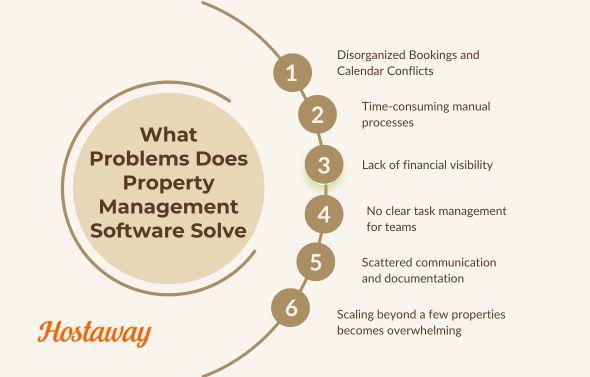
What Problems Does Property Management Software Solve?
Before investing in new software, it helps to ask: What problems is this actually going to solve for me?
For many STR hosts and property managers, the answer is: more than you think. Whether you’re running a few listings or overseeing a large portfolio, property management software is designed to remove bottlenecks and reduce the friction that comes with growing a rental business.
Here are some of the most common challenges PMS helps solve:
1. Disorganized bookings and calendar conflicts
Without a centralized calendar, double-bookings and missed messages are easy mistakes. A PMS automatically syncs availability across all your channels and keeps everything in one place.
2. Time-consuming manual processes
Answering the same guest questions, writing out cleaning instructions and chasing payments, these tasks add up fast. Property management software automates many of them, saving you hours each week.
3. Lack of financial visibility
Manually tracking revenue and expenses across listings can lead to guesswork or reporting gaps. PMS tools offer built-in financial reporting, so you can monitor performance, analyze income and prepare for tax season with confidence.
4. No clear task management for teams
Whether you work with cleaners, co-hosts or contractors, keeping everyone aligned can get messy. PMS platforms include features like maintenance tracking, automated task assignments and shared dashboards.
5. Scattered communication and documentation
When your guest info is in your email, your rental agreements are in Google Drive and your invoices live in Excel, it’s easy to lose track. PMS consolidates everything in one searchable system.
6. Scaling beyond a few properties becomes overwhelming
Manual tools might work for one or two units. But as your portfolio grows, so does the complexity. PMS platforms like Hostaway scale with you, giving you the structure to handle more listings without doubling your workload.
If any of these challenges sound familiar, it might be time to move beyond spreadsheets and email chains. Property management software isn't just about convenience, it's about solving real problems so you can run a smoother, more profitable business.
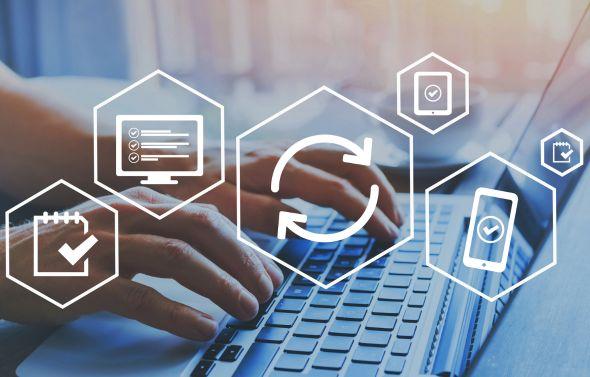
What’s Included in Property Management Software Packages?
Not all property management software offers the same set of tools. Most platforms organize their offerings into packages, often with tiered pricing based on portfolio size, property type or access to core features.
Below is a breakdown of what’s typically included in modern PMS packages:
Key features | What’s included |
1. Booking & calendar management | Unified multi-channel calendar, real-time availability syncing, double-booking prevention |
2. Guest communication tools | Automated messages, templates, scheduling rules and mobile app notifications |
3. Financial tools | Financial reporting dashboards, payment history logs, automated invoices and payout reconciliation |
4. Maintenance & task management | Maintenance tracking, recurring task scheduling, automated alerts for cleanings or repairs |
5. Channel management | Direct integration with Airbnb, Vrbo and more, synced rates and availability across platforms |
6. Document & data management | Secure document storage, digital lease agreements, guest communication records and basic CRM tools |
7. Add-ons & integrations | Dynamic pricing tools, smart lock integrations, marketing tools, data migration support and custom workflows |
Some software providers offer a free demo or low-cost plans with limited features, while others charge more for advanced tools or onboarding services. Always check for hidden fees related to integrations, team access or exceeding usage limits.

How Property Management Software Fits Into Daily Operations
So how does property management software actually show up in a host’s daily routine?
For many property managers and STR hosts, a PMS becomes the digital backbone of their workflow, handling tasks they once managed manually across multiple spreadsheets, messaging apps and booking platforms. Let’s walk through some common, real-world scenarios where a PMS makes all the difference.
1. Syncing bookings across multiple channels
Imagine having listings on Airbnb, Vrbo and your own direct booking site. Without a PMS, you’d be updating availability manually on each one, increasing the risk of double-bookings. With property management software, your calendars sync automatically in real time.
What this looks like:
Bookings from any channel flow into a unified dashboard. You see everything in one place: dates, guest details and payment history, no matter where the booking came from.
2. Automating guest communication
Rather than typing the same check-in message over and over, hosts can use PMS to create message templates that go out automatically based on booking milestones.
What this looks like:
Your guest gets a welcome message two days before arrival, followed by check-out instructions on their last day, all without you lifting a finger. You can even automate review requests after their stay.
3. Coordinating cleanings and maintenance
PMS makes it easier to notify cleaners and track tasks after each check-out. Some platforms even include maintenance tracking features that help you log recurring issues or schedule repairs.
What this looks like:
Your cleaner gets an automatic task alert when a guest checks out. You can upload photos, add notes and track whether tasks are completed all from your PMS dashboard.
4. Keeping an eye on payments and finances
Many PMS platforms include built-in tools for financial reporting and payment history tracking, making it easier to monitor revenue and expenses across your listings.
What this looks like:
You log into your dashboard and see a monthly summary: how much you earned, how much is due and where each payment came from. You can export reports for your accountant in seconds.
5. Simplifying admin with centralized records
No more digging through email threads or hard drives. A PMS becomes your single source of truth for everything from guest records to lease agreements, depending on your property type.
What this looks like:
When a guest has a question or your accountant needs a breakdown, you have everything stored and searchable in one place, reducing your dependency on manual processes.
These workflows may seem simple, but together they save hours of manual work, help avoid errors and make it possible for property managers to scale efficiently, whether they’re overseeing a few vacation rentals or a growing short-term rental business.
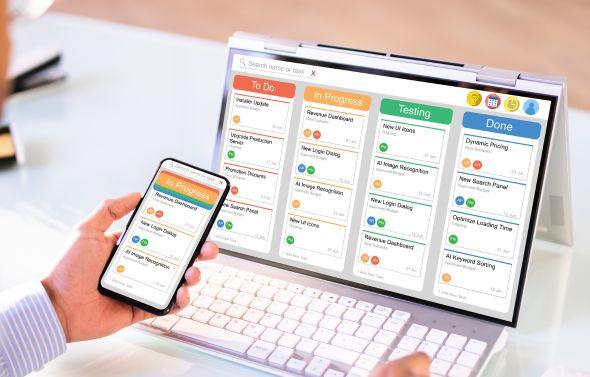
Common Myths About Property Management Software
Despite the growing popularity of PMS tools, many short-term rental hosts still hesitate to make the switch. And in most cases, it’s not because the software doesn’t work, it’s because of misunderstandings about what it is, who it’s for or how hard it is to get started.
Let’s clear up a few of the most common myths:
Myth 1: “I don’t have enough properties to need a PMS.”
Reality: Many hosts start using PMS when they have just a few listings, often to free up time, avoid double-bookings or automate repetitive tasks. A good PMS should work just as well for a single host as it does for a professional manager.
Myth 2: “It’ll be too expensive.”
Reality: Most PMS platforms offer tiered pricing, including low-cost plans designed for smaller portfolios. And when you factor in the time saved and the boost in efficiency, many hosts find the investment pays for itself quickly.
Myth 3: “It’s going to be complicated to set up.”
Reality: Modern property management software is built for non-technical users. Many platforms offer guided onboarding, customer support and help with data migration so you don’t have to start from scratch.
Myth 4: “I’ll lose control of my business.”
Reality: A PMS actually gives you more control, offering clearer visibility, centralized data and the ability to automate while still customizing how you operate. You're still in the driver’s seat, just with better tools.
Myth 5: “It’s only for big companies.”
Reality: Today’s PMS platforms are built for everyone, from small landlords managing a couple of vacation rentals to full-service property managers. The goal isn’t to replace your touch, it’s to support your growth.

Benefits of Using Property Management Software in a Short-Term Rental Business
By this point, it’s clear that property management software handles a wide range of tasks. But beyond the features and day-to-day use, what’s the bigger picture? Why do so many STR hosts and property managers say they can’t imagine running their business without one?
Here are some of the long-term benefits of adopting a PMS, especially for short-term rental professionals looking to scale, stay competitive or simply get their time back.
1. Greater efficiency without hiring a bigger team
With automation handling everything from guest communication to task scheduling, many hosts can grow their portfolio without needing to add staff. That means scaling without increasing overhead.
2. Professionalism that builds guest trust
Guests expect timely messages, clear check-in instructions and clean accommodations. PMS helps ensure consistency, no missed messages, no forgotten cleaning schedules, which translates to better reviews and repeat bookings.
3. More confident, data-driven decision making
With built-in financial reporting and centralized performance data, hosts can make smarter 54
Whether you're managing five listings today or fifty next year, PMS like Hostaway grows with you. Most platforms offer scalable plans that adjust based on your needs, so you’re never paying for tools you don’t use, but you always have room to expand.
4. More free time (and less stress)
Perhaps the biggest win of all: peace of mind. Property management software takes dozens of small, repetitive tasks off your plate, freeing you up to focus on strategy, guest experience or even taking a real vacation.

Questions to Ask Before Choosing a PMS
Not all property management software is created equal and the right choice for one host might not be the best fit for another. Asking the right questions upfront can help you avoid limited features, hidden fees or outgrowing the system too quickly.
Here are some key questions to ask when evaluating PMS platforms:
1. Does it support the size and type of my portfolio?
Make sure the platform not only works for your current property type but can also scale with your business. If you're managing short-term rentals now but plan to add mid-term or long-term units, flexibility matters.
2. What features are included and which are paid add-ons?
Some tools (like financial reporting or automated messaging) may be standard on one platform but cost extra on another. Ask what’s included in each pricing tier.
3. Can it integrate with the tools I already use?
If you rely on specific tools for pricing, locks or team communication, check whether the PMS offers those integrations natively or through third-party apps.
4. Is it easy to migrate my existing data?
Data migration (guest history, calendars, documents) should be smooth. Ask about onboarding support and whether they offer assistance with setup or training.
5. What kind of customer support is available?
Do they offer 24/7 support? Live chat? A help center with guides and tutorials? Fast, reliable support can make or break your experience, especially during peak season.
6. Are there any hidden fees or long-term contracts?
Always ask for a breakdown of potential extra costs like charges for additional users, integrations or API access. Avoids surprises down the road.
7. Is there a mobile app and how functional is it?
If you manage your rentals on the go, a well-designed mobile app is a must. Ask what tasks can be done from mobile versus desktop only.
Taking the time to ask these questions and compare more than just price can save you hours of frustration later. The best PMS for your business is the one that fits your workflow, your goals and your growth plan.
https://youtu.be/fbYQVkBRMu4?si=30JZ5DJbxLZVQQvy
Hostaway: A Smarter Way to Manage Your Short-Term Rentals
Running a short-term rental business is full of moving parts, bookings, guest messages, cleanings, payments and more. Trying to manage it all manually might work at first, but it quickly becomes time-consuming and unsustainable as your business grows.
That’s where property management software comes in. And if you’re looking for a platform built specifically for short-term rental professionals, Hostaway is designed to meet you where you are and take you further.
With powerful automation, centralized dashboards and integrations that connect all your favorite tools, Hostaway helps you reduce manual work, stay organized and grow confidently, whether you're managing a few properties or a large portfolio.
If you're ready to streamline your operations and reclaim your time, Hostaway offers a smarter way to manage your short-term rentals.
Ready to find out how Hostaway can transform your business?
